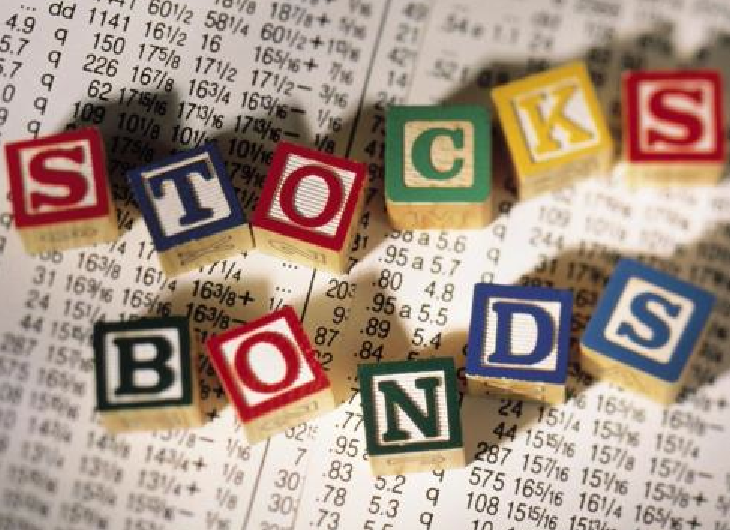Why many bond funds are as volatile as stocks
Post on: 2 Июнь, 2015 No Comment

JonathanClements
When stocks tumble, bonds are supposed to salvage your portfolio’s performance. But it turns out that many bond funds behave suspiciously like stocks.
The classic example is high-yield “junk” bond funds, which own debt issued by companies with shaky finances. Investors have long been warned that junk-bond funds tend to trade more like stocks than bonds.
Sure enough, when stocks plunged in 2008, junk-bond funds lost an average of 26.4%, according to Chicago investment researchers Morningstar. But junk bonds aren’t the only culprit. This same pattern can be seen in varying degrees with many other bond-fund categories. That raises an obvious question: When stocks next take a beating, will your bond funds deliver the portfolio protection you want?
Taking credit
For an answer, start with 2008. True, it was an extraordinary year, with the S&P 500 losing 37%, even with dividends reinvested. Still, one reason you own bond funds is to protect you in a year like that—and yet many didn’t.
Emerging-market debt funds plunged 17.6%, high-yield municipal-bond funds fell 25.3% and bank-loan funds tumbled 29.7%. It wasn’t just riskier funds that took a hit. Even short-term bond funds, which invest partly or entirely in corporate bonds, slid 4.2%.
In fact, most bond funds didn’t exactly cover themselves with glory, losing 7.9% on average. Among Morningstar’s 32 bond mutual-fund categories, only five posted gains in 2008: short-, intermediate- and long-term government-bond funds, and national and single-state short-term municipal-bond funds.
I don’t want to overstate the argument. In a year when the S&P 500 is down 37%, some investors might be comforted to see part of their portfolio drop just 7.9%. But for those who want their safe money to be truly safe, there’s a lesson here: When picking bond funds, avoid even the slightest whiff of “credit risk”—the chance that a company or government might not meet its financial obligations.
In a bear market, “you need all the psychological crutches you can get,” says William Bernstein, an investment adviser and author of “If You Can.” “When you see assets that you think are safe take a hit like that, the ground shakes.”
With money-market funds offering no yield and 10-year Treasury notes paying less than 2.3%, many investors have gone hunting for yield. That isn’t necessarily bad—as long as folks understand what they’re buying.
“Just because a fund has ‘bond’ or ‘fixed income’ in its name, the details really matter: They aren’t all the same,” says Francis Kinniry, a principal in the investment-strategy group at Vanguard Group. “A lot of people were surprised in 2008. If something has a higher-than-market yield, then it has higher risk.”
My advice: Find out how the bond funds you own performed in both 2008, when stocks got crushed, and 2013, when interest rates climbed and bond prices fell. Are you ready for declines like that?
And don’t just focus on your bond funds. If you own a target-date retirement fund, a balanced fund or any other mutual fund that owns a mix of stocks and bonds, check to see how the bond portion is invested. Is a fund trying to goose performance by taking extra risk with its bonds—and could that risk come back to haunt investors in the next stock-market decline?
In a plunging stock market, you will likely see losses among funds focusing on bank loans, junk bonds and emerging-market debt. What about high-quality corporate bonds? It depends. Since its late-1982 launch, Vanguard’s short-term investment-grade fund, which owns mostly corporates, has had just two losing years—a tiny 0.1% decline in 1994 and a more alarming 4.7% in 2008.
“In a normal bear market, high-quality corporate bonds should do OK,” Mr. Bernstein says. “But in a deep financial crisis, they won’t.”
Keep it clean
Those deep financial crises are rare. Still, Mr. Bernstein favors a clean division between a portfolio’s risky and safe assets. In other words, purchase stocks for their high potential return, knowing they also carry big risks. Meanwhile, make sure the safe portion is supersafe by focusing on investments with government backing. That might mean buying short- or intermediate-term government bonds, certificates of deposit, and high-quality short-term municipal bonds.
“The real cost of taking credit risk is psychological,” Mr. Bernstein argues. “Cleanly separating out the risk in your portfolio into stocks and government-backed bonds enables one to stay the course. There’s nothing wrong with owning corporates. But you have to consider them part of your risky portfolio.”














